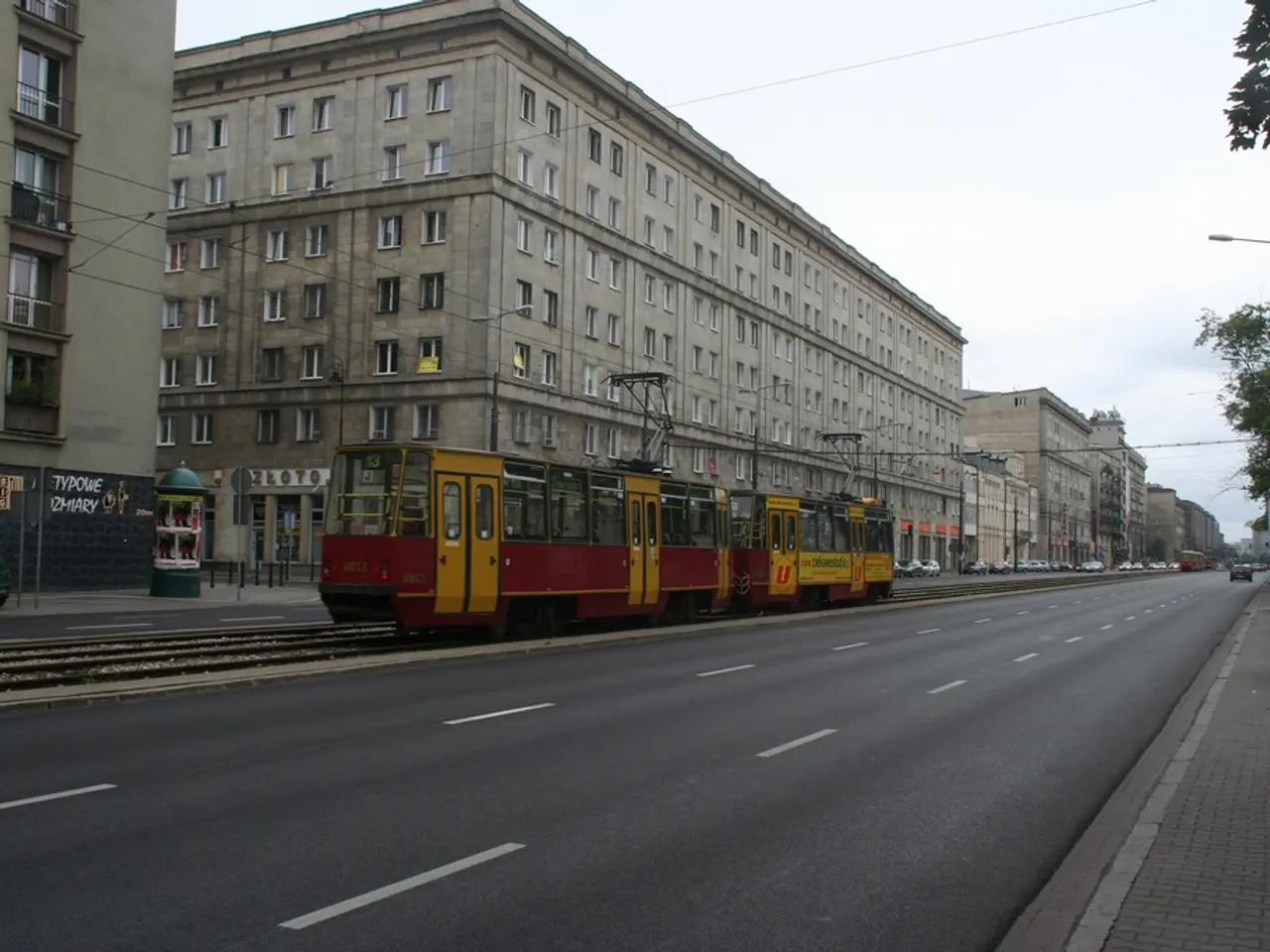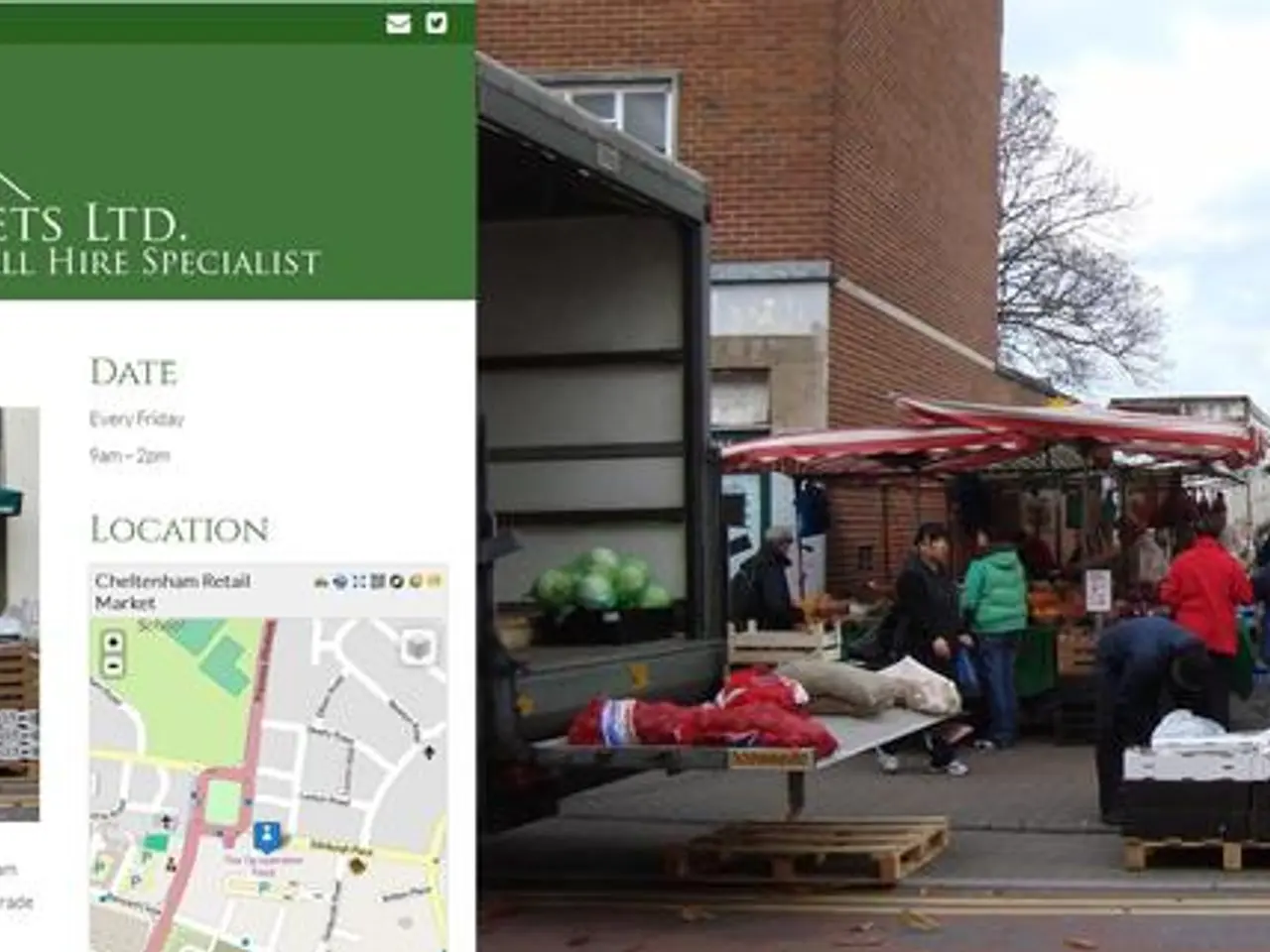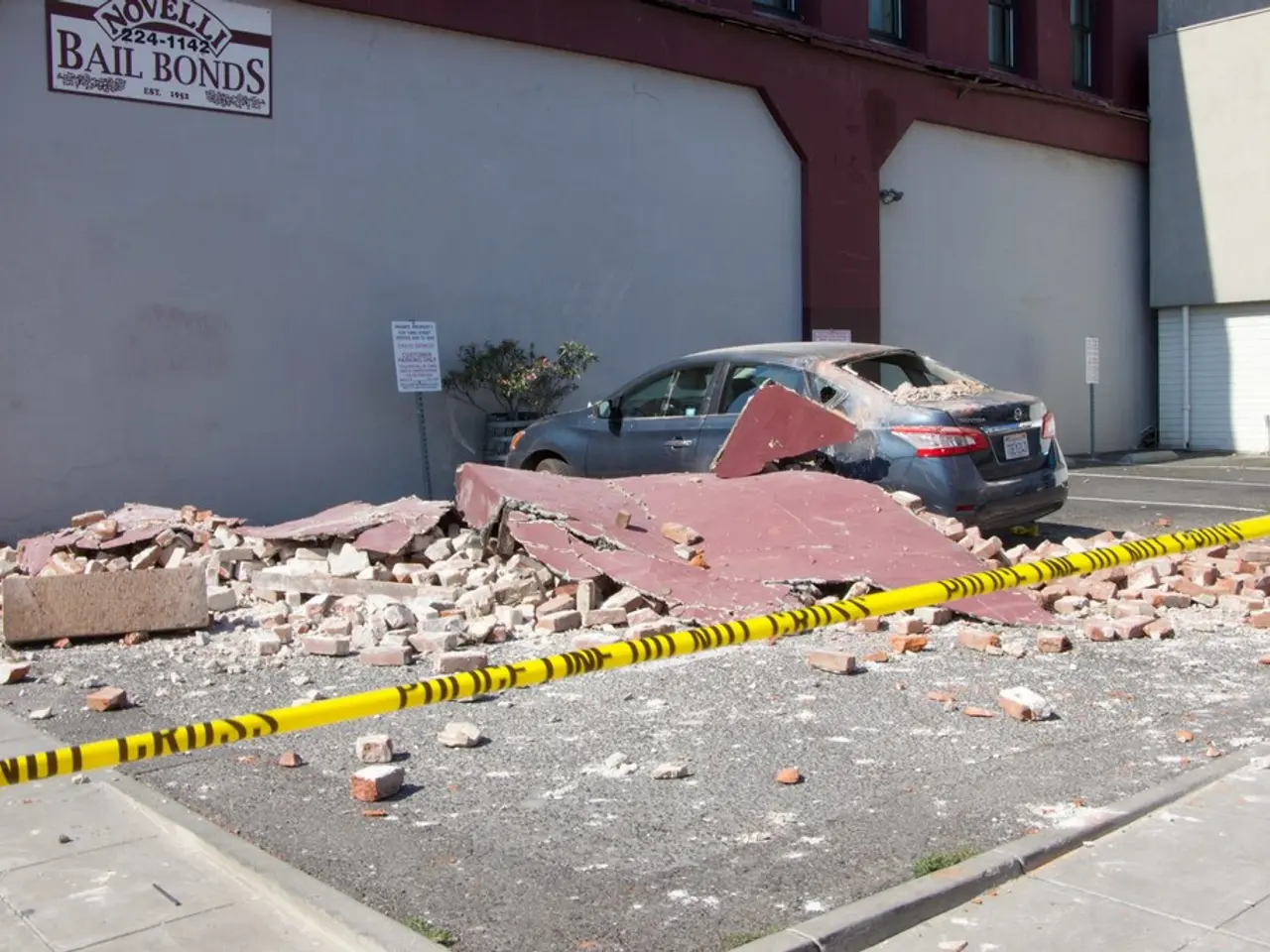Ho Chi Minh City assesses the influence of American tariffs to protect economic development
In the face of the new US tariff regime, Ho Chi Minh City (HCM City) is grappling with significant uncertainty in its economic outlook. The tariffs, which can reach up to 40% on goods deemed as "transhipped" primarily from China through Vietnam, could potentially lead to a 25% drop in Vietnamese exports to the US and a slowdown in export-driven sectors[1][3][5].
As Vietnam's largest economic hub, HCM City is particularly vulnerable due to its close ties to global supply chains and export manufacturing. The city's growth targets in employment, industrial production, and export revenue could be threatened if export demand weakens due to higher US tariffs[1][5].
To mitigate these risks, HCM City leaders are taking several measures. City authorities are closely reviewing the impact of the tariffs on key sectors such as textiles, electronics, and footwear, aiming to assess the scope and scale of potential disruptions[5].
Leaders are also emphasizing the need to protect jobs and industrial output. This includes supporting businesses in diversifying their export markets and reducing dependence on the US by seeking new trade partners[4]. The city and national government are framing the tariff challenge as an opportunity to restructure the economy towards higher-value industries, innovation, and technological upgrades[4].
Efforts are being made to help local firms adapt, including through financial support, market diversification, and easing administrative burdens so that businesses can pivot more quickly in response to market changes[2]. The new fast-track investment procedures mean that high-tech and innovative projects can be launched more rapidly, which could attract new investment and help offset losses in traditional export sectors[2].
City leaders are also looking to boost domestic consumption, accelerate public investment, and expand service sectors like tourism and digital technology to mitigate these risks[3]. If effectively implemented, HCM City could emerge as a key export base for global companies looking to diversify beyond China.
In other positive developments, HCM City welcomed more than 3.8 million international tourists and 18.3 million domestic visitors in the first six months, and its GRDP growth in the first half of 2025 was 7.82%[6]. Retail and service revenue rose 16.2% in the same period, and FDI into HCM City alone surged 123.1% to nearly $2.7 billion[6].
The city has also unveiled a long-term vision to 2060, aiming to become a top Southeast Asian mega city. A unified strategic plan is set to replace the individual development blueprints of the three former jurisdictions, and the vision integrates finance, high-tech industry, and the marine economy[7].
However, challenges remain. City officials have reviewed early outcomes of the new two-tier governance model and identified issues in public services and administration[8]. Despite these challenges, HCM City is determined to adapt and grow resiliently in the face of global trade tensions.
[1] https://www.reuters.com/business/us-tariffs-could-hit-vietnam-exports-us-25-2021-08-02/ [2] https://www.vietnamnet.vn/en/business/hcm-city-unveils-fast-tracked-procedures-for-investment-projects-771616.html [3] https://www.vietnaminsider.vn/economy/hcm-city-leaders-boost-domestic-consumption-to-mitigate-us-tariff-risks-771302/ [4] https://www.vietnamplus.vn/hcm-city-leaders-emphasise-need-to-restructure-economy-towards-higher-value-industries/192339.vnp [5] https://www.vietnaminsider.vn/economy/hcm-city-authorities-review-impact-of-us-tariffs-on-key-sectors-771251/ [6] https://www.vietnamplus.vn/hcm-city-records-grdp-growth-of-7-82-percent-in-first-half-of-2025/192338.vnp [7] https://www.vietnamnews.vn/economy/977544/hcm-city-unveils-long-term-vision-to-2060.html [8] https://www.vietnaminsider.vn/economy/city-officials-review-early-outcomes-of-new-two-tier-governance-model-771319/
- The new US tariff regime, with potentially disruptive effects on exports to the US, has created economic uncertainties for Ho Chi Minh City (HCM City), a hub of global supply chains and export manufacturing.
- City leaders are assessing the impact of the tariffs on key sectors like textiles, electronics, and footwear, aiming to identify potential disruptions and protect jobs and industrial output.
- To counter these risks, HCM City is seeking to diversify export markets, reduce dependence on the US, and restructure its economy towards higher-value industries, innovation, and technological upgrades.
- Financial support, market diversification, and administrative ease are being provided to local firms to help them adapt to market changes and pivot quickly.
- The city is also focusing on boosting domestic consumption, expanding service sectors, and attracting new investment through fast-track investment procedures.
- In the face of global trade tensions, HCM City is determined to adapt and grow resiliently, aiming to become a key export base for global companies looking to diversify beyond China.




